Sponsored by Nasuni
Harnessing unstructured data to fuel AI
Knowing how your data is stored can make all the difference to your AI success
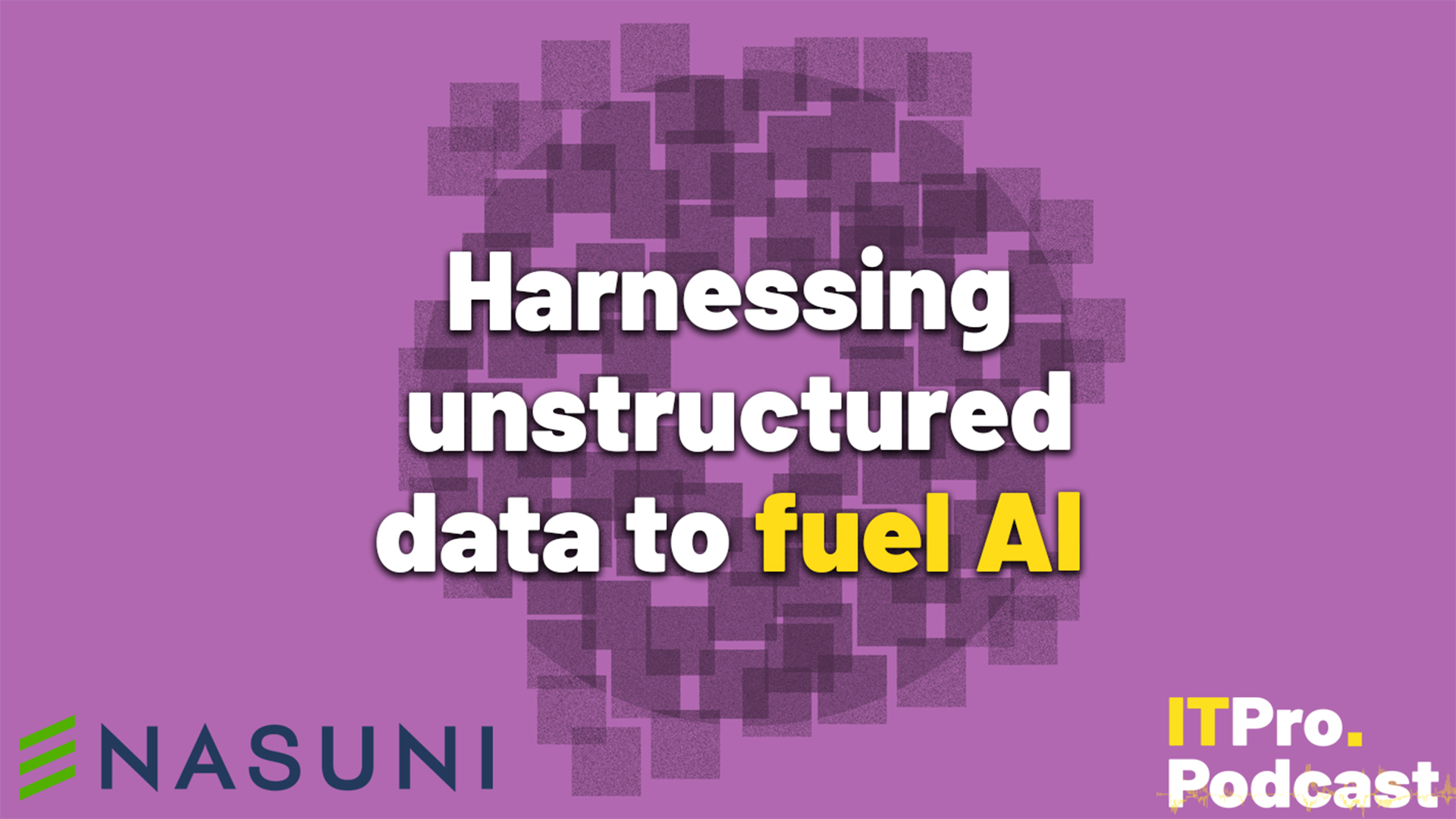
The rule that your AI is only as good as your data is now well understood, with businesses all over the world looking to modernize their data sources and infrastructure to make the most of AI products and services.
But something that can be easily lost in these discussions is consideration of the exact format your data exists in at rest. Unstructured data is especially important for AI and knowing where it fits into your AI strategy is essential. This doesn’t just mean knowing where it resides and capturing it, but also storing it in architecture that makes it searchable, secure, and accessible whenever you need it.
In this special edition of the ITPro Podcast, in association with Nasuni, Jane and Rory are joined by Jim Liddle, chief innovation officer of data intelligence and AI at Nasuni, to discuss using unstructured data in the most effective way possible.
Highlights
“Firstly, AI models thrive on massive amounts of data to learn effectively. I think that's something that's probably embedded in all of our psyche, in the last two or three years, and unstructured data itself represents the largest amount of untapped data in most enterprises.”
“By centralizing unstructured data using a hybrid cloud approach like Nasuni, you can create a unified data foundation, and that ultimately means that you'll be well positioned not only for any future storage expansion back to that very first topic about growing 80 to 85% per annum, but also for AI initiatives because that's ultimately what companies care about.”
“If you want your house to be built and to stay strong for a long time, you build it on solid foundations. If you want to have an AI strategy for your corporation, can you knock off some simple use cases by not going away and building yourself a solid data foundation? Yeah, you probably can. But is that going to really put you in a place for the long term, that you can have a long term AI strategy, or are you going to end up having to revisit that whole architecture, do some complex integration plumbing? The reality is, yes, you probably will.”
Footnotes
Get the ITPro daily newsletter
Sign up today and you will receive a free copy of our Future Focus 2025 report - the leading guidance on AI, cybersecurity and other IT challenges as per 700+ senior executives

Rory Bathgate is Features and Multimedia Editor at ITPro, overseeing all in-depth content and case studies. He can also be found co-hosting the ITPro Podcast with Jane McCallion, swapping a keyboard for a microphone to discuss the latest learnings with thought leaders from across the tech sector.
In his free time, Rory enjoys photography, video editing, and good science fiction. After graduating from the University of Kent with a BA in English and American Literature, Rory undertook an MA in Eighteenth-Century Studies at King’s College London. He joined ITPro in 2022 as a graduate, following four years in student journalism. You can contact Rory at rory.bathgate@futurenet.com or on LinkedIn.
-
 Why are many men in tech blind to the gender divide?
Why are many men in tech blind to the gender divide?In-depth From bias to better recognition, male allies in tech must challenge the status quo to advance gender equality
By Keri Allan
-
 BenQ PD3226G monitor review
BenQ PD3226G monitor reviewReviews This 32-inch monitor aims to provide the best of all possible worlds – 4K resolution, 144Hz refresh rate and pro-class color accuracy – and it mostly succeeds
By Sasha Muller
-
 Putting small language models under the microscope
Putting small language models under the microscopeITPro Podcast The benefits of small language models are undeniable – but they're no silver bullet
By Rory Bathgate
-
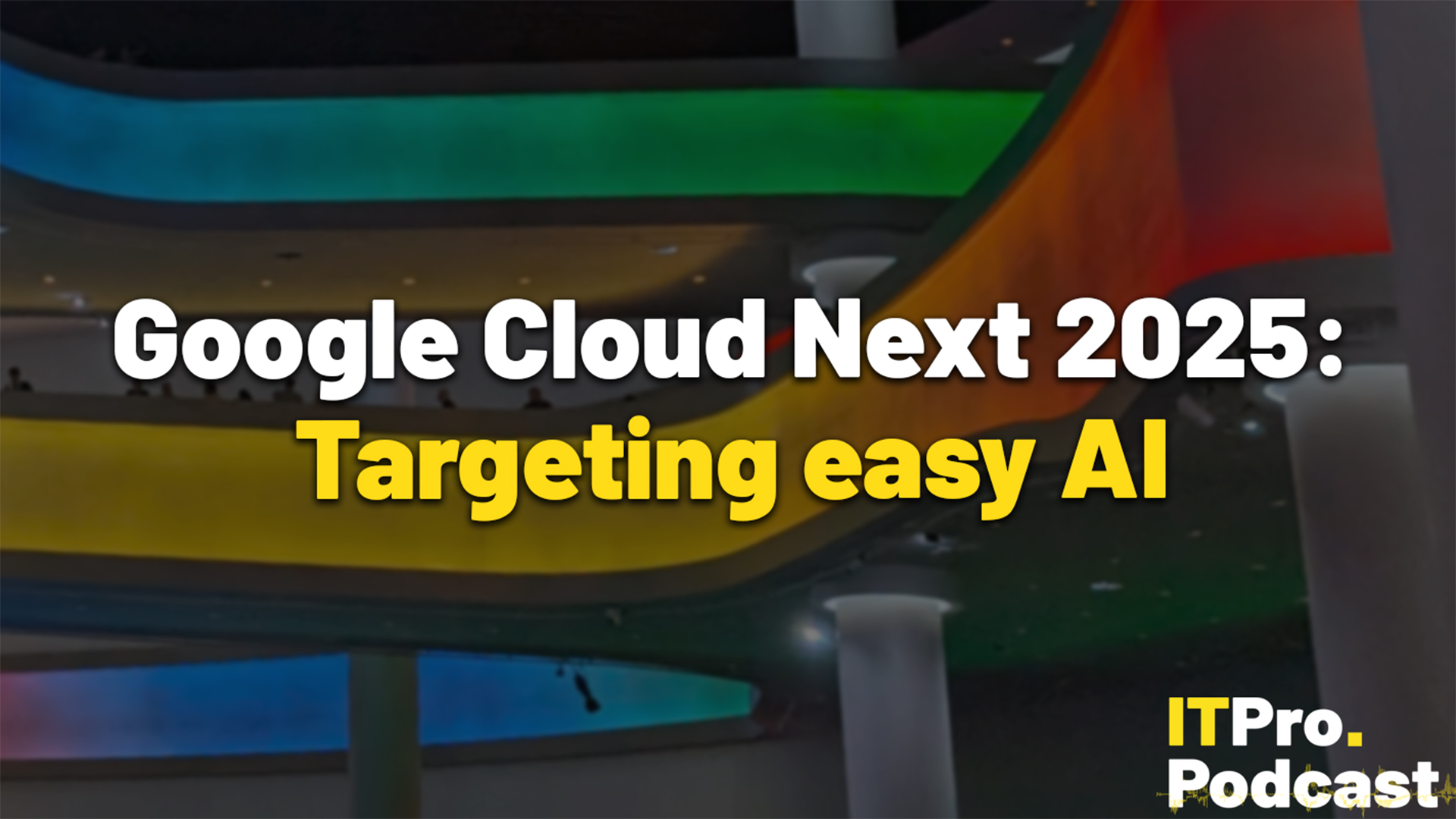 Google Cloud Next 2025: Targeting easy AI
Google Cloud Next 2025: Targeting easy AIITPro Podcast Throughout its annual event, Google Cloud has emphasized the importance of simple AI adoption for enterprises and flexibility across deployment
By Rory Bathgate
-
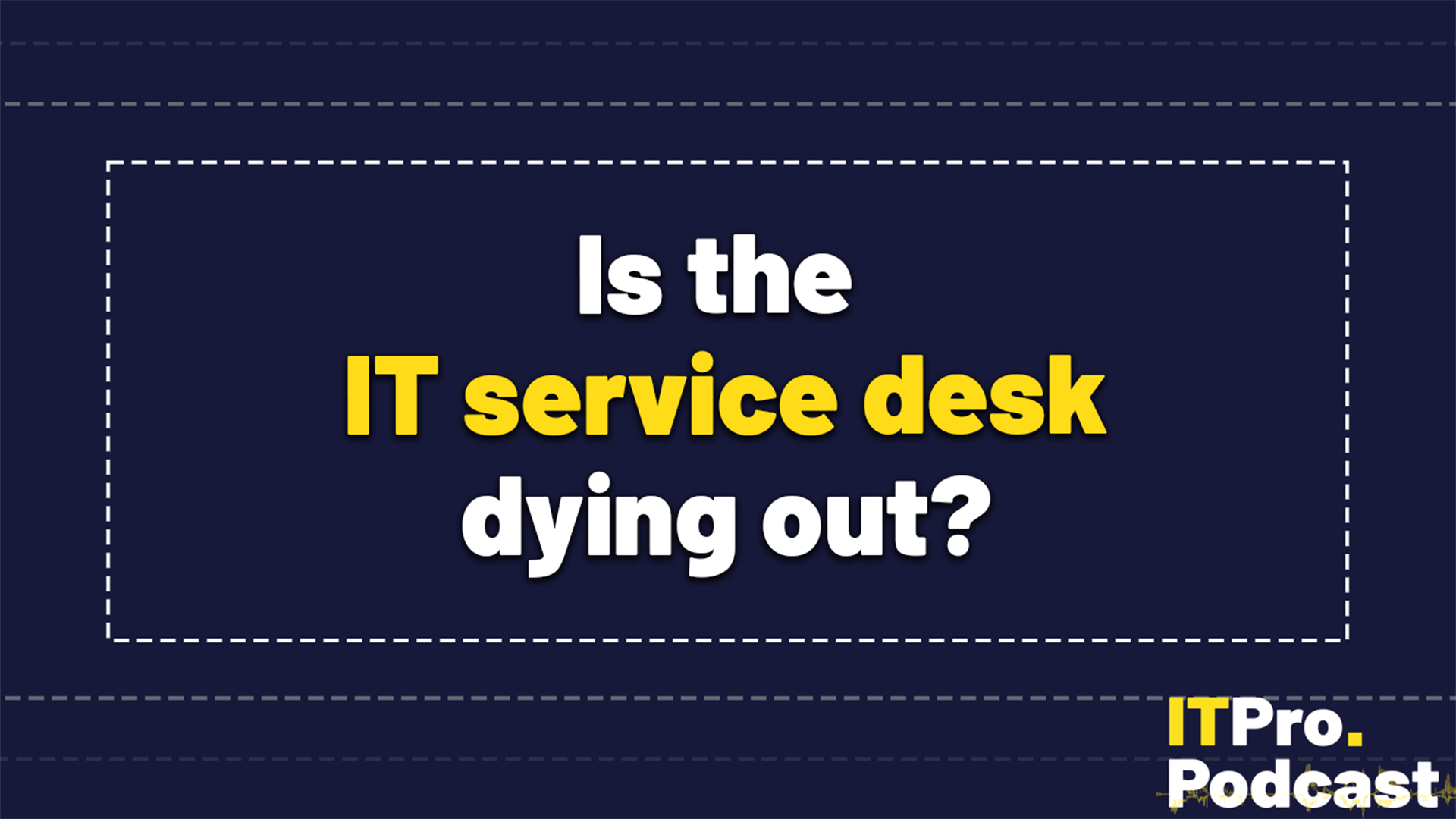 Is the IT service desk dying out?
Is the IT service desk dying out?ITPro Podcast Employees could soon use chatbots to resolve common IT issues rather than wait for tickets to be resolved
By Rory Bathgate
-
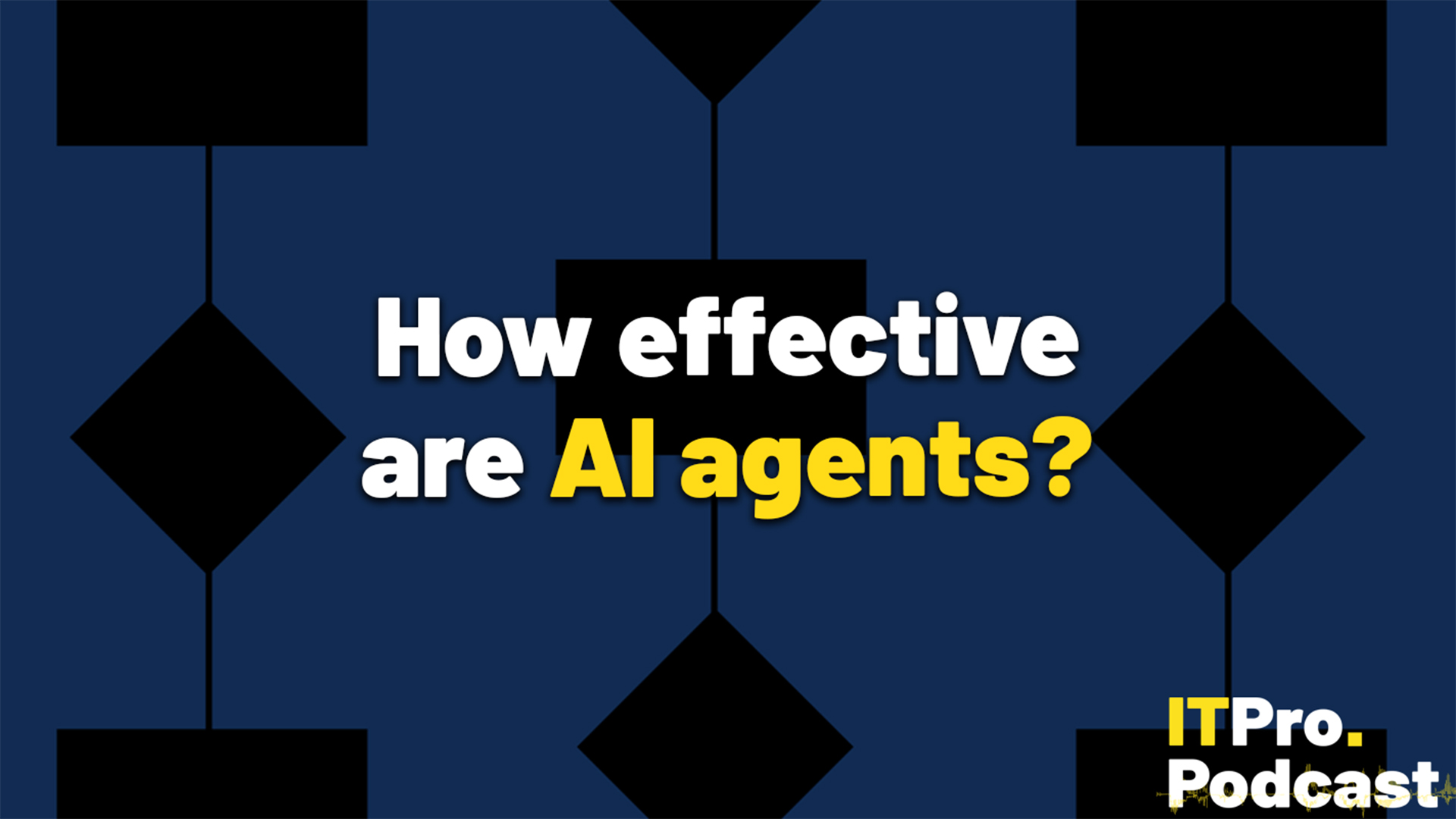 How effective are AI agents?
How effective are AI agents?ITPro Podcast AI agents have been sold with the promise of fully automating tasks without the need for step-by-step instructions
By Rory Bathgate
-
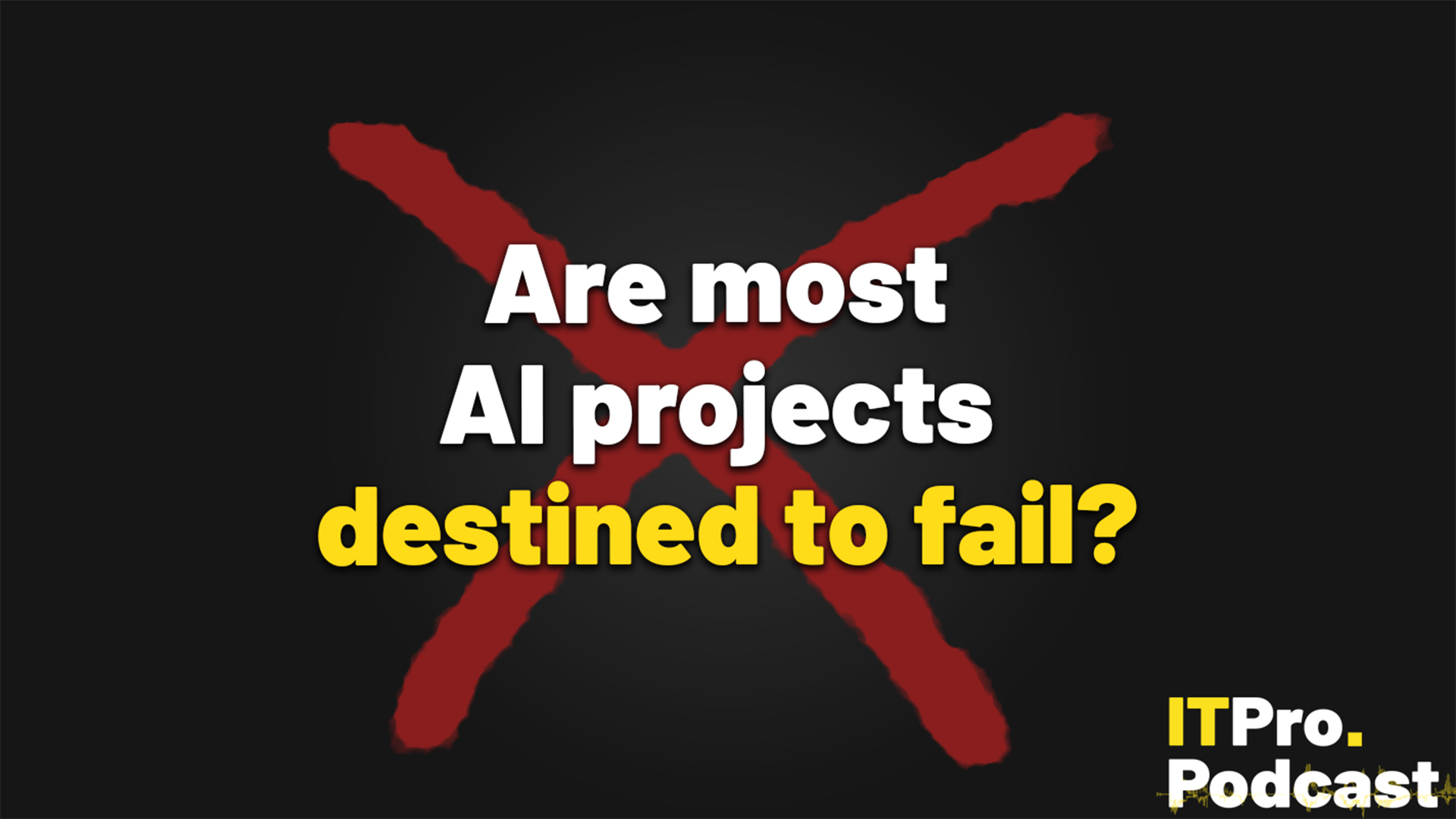 Are most AI projects destined to fail?
Are most AI projects destined to fail?ITPro Podcast The current era of AI projects could provide the lessons we need to make the most of the technology going forward
By Rory Bathgate
-
 Revenge quitting and Microsoft goes quantum
Revenge quitting and Microsoft goes quantumITPro Podcast Breakthroughs in quantum computing across February have been matched by financial and workforce upsets in the tech sector
By Rory Bathgate
-
 Who wins out from DeepSeek's success?
Who wins out from DeepSeek's success?ITPro Podcast Firms focused on AI at the edge and open source LLMs could reap massive rewards from the Chinese startup's industry upset
By Rory Bathgate
-
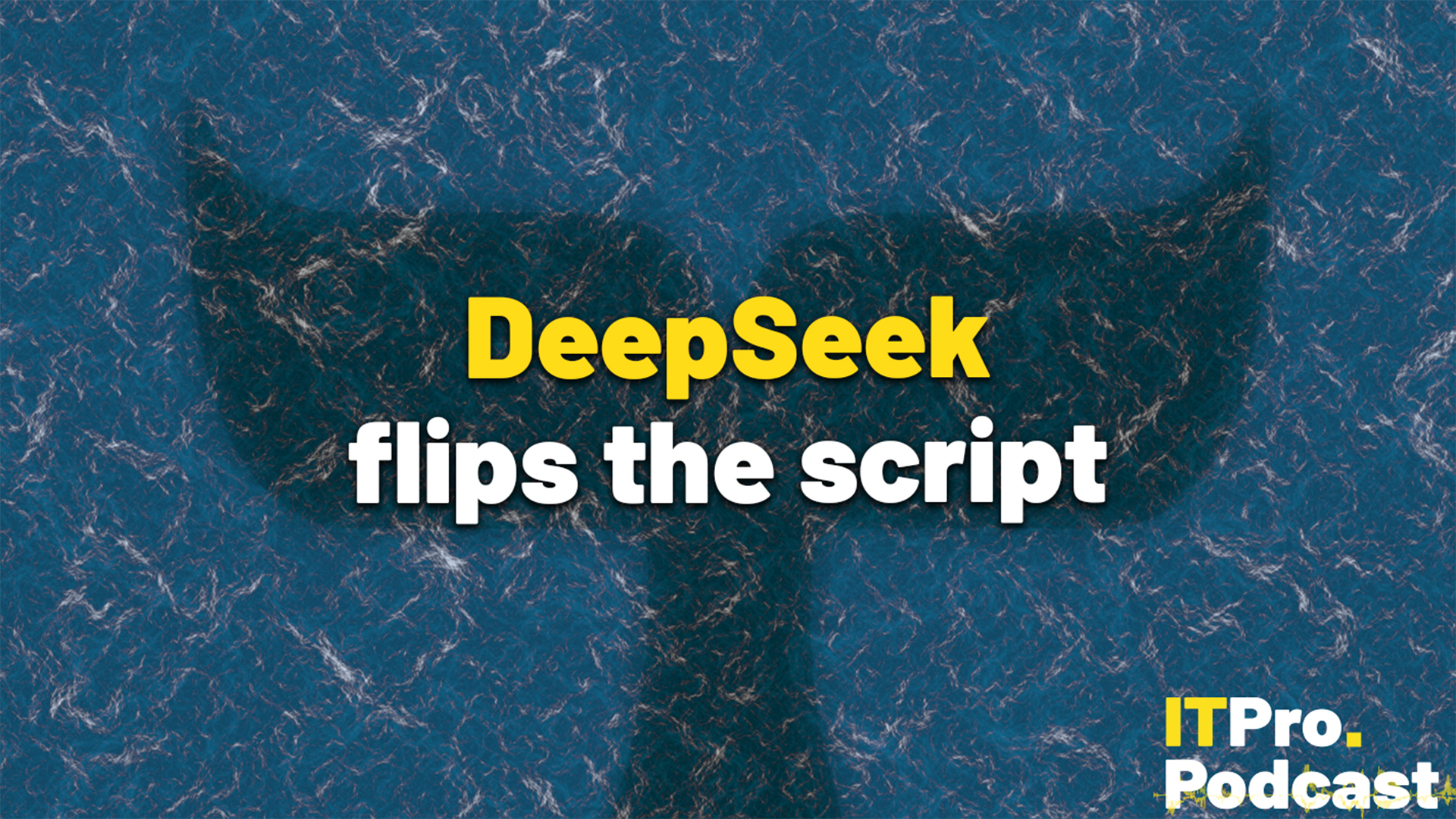 DeepSeek flips the script
DeepSeek flips the scriptITPro Podcast The Chinese startup's efficiency gains could undermine compute demands from the biggest names in tech
By Rory Bathgate